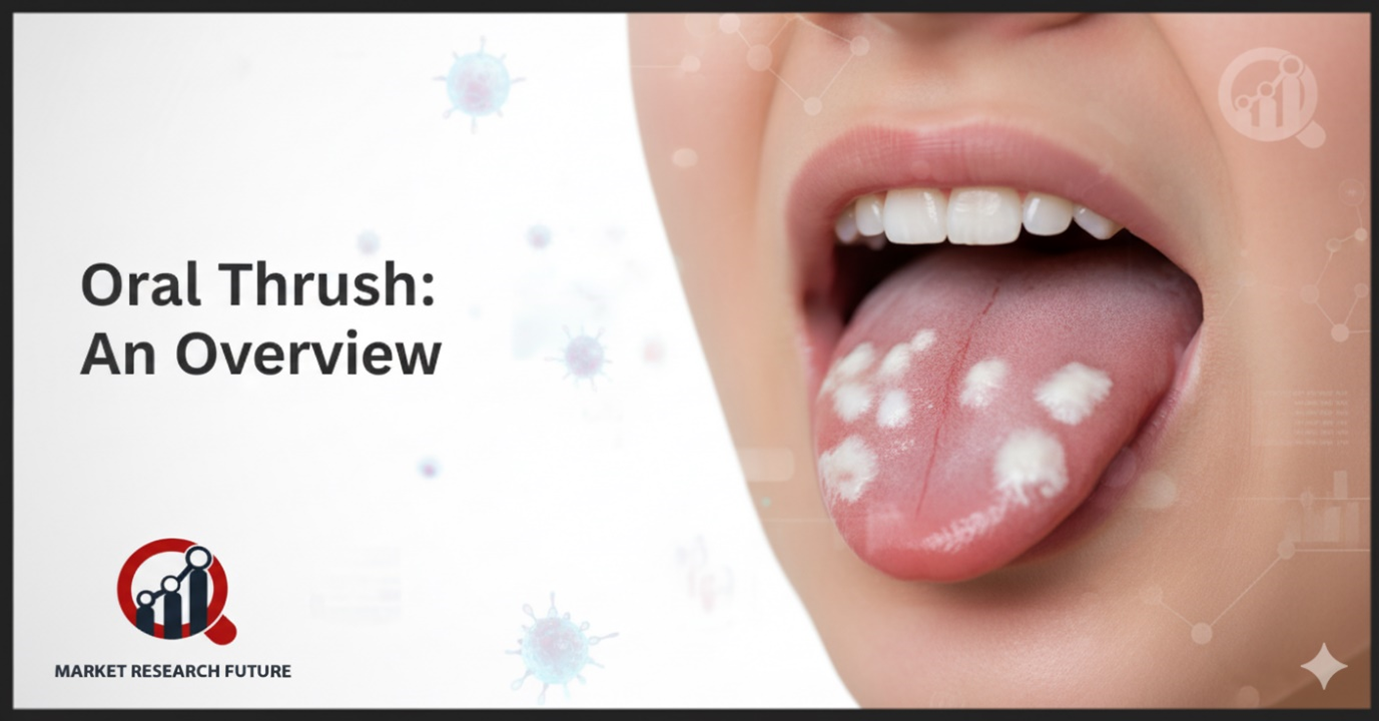Oral Thrush: What’s Happening in the Healthcare Sector

Oral thrush is a common fungal infection caused by Candida albicans, a yeast that naturally lives in the mouth. When the body’s balance is disrupted—due to stress, illness, or antibiotics—this fungus can overgrow, leading to white or yellow patches inside the mouth or on the tongue. It can make eating or swallowing uncomfortable and may even cause a persistent sore throat or bad breath.
Oral Thrush: Who Can Be Affected by This
Though anyone can develop oral thrush, it often affects infants, older adults, or people with weakened immune systems. It can also occur after prolonged use of inhalers or antibiotics, as these can disturb the natural microbial balance. In children, it’s often mild and short-lived, while in adults, recurring cases may signal an underlying health concern that needs attention.
Treatments and Evolving Care
The healthcare sector has made significant progress in managing oral thrush. Traditional treatments like antifungal mouthwashes, lozenges, and topical creams remain the first line of defense. However, doctors now focus on holistic care—addressing the root cause rather than just treating symptoms. Hydration, improved oral hygiene, and avoiding excessive sugar or alcohol intake can help prevent recurrence.
A Shift Toward Patient-Centered Solutions
Modern healthcare providers are exploring new antifungal formulations designed to act faster and cause fewer side effects. There’s also growing interest in probiotics to restore healthy oral flora naturally. These approaches aim to make recovery smoother and more sustainable.
Awareness and Prevention
Preventing oral thrush starts with simple daily habits—brushing twice a day, cleaning dentures properly, and staying mindful of medications that can disrupt oral health. Regular dental checkups also help catch early signs before they progress into discomfort.
A Broader Perspective
Oral thrush may seem minor, but its rise highlights how interconnected oral and overall health truly are. Healthcare experts now stress the importance of early intervention and preventive care. As awareness grows, both patients and professionals are better equipped to manage oral thrush effectively—leading to healthier smiles and better well-being.

Leave a Comment